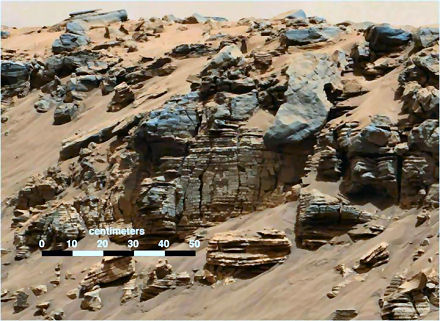
It must have been a slow day at the lab when researchers at Florida State University (FSU) decided to put a new slant on the New Testament account of Jesus walking on water in the Sea of Galilee. In theJournal of Paleolimnology, FSU Professor of Oceanography Doron Nof explains that Jesus probably walked on an isolated patch of floating ice rather than liquid water. While Nof’s conclusion is likely to upset religious sensibilities everywhere (an outcome regularly associated with Nof’s research, more on this later), the study is nevertheless an interesting exploration of climate conditions thousands of years ago.
Nof’s study describes a period when an unusual combination of water and atmospheric conditions produced a singular localized event that Nof’s team refers to as “springs ice”. Nof believes that springs ice could have formed on the freshwater surface of the Sea of Galilee (known today as Lake Kinneret) near the border of northern Israel. This would come as a surprise to people today, says Nof, as: “In today’s climate, the chance of springs ice forming in northern Israel is effectively zero, or about once in more than 10,000 years.”
Nof’s theory might hold water for another reason, too. The lake’s surrounding salt water springs, on the western shore in Tabgha (where artifacts purportedly relating to Jesus have been found), produced water that did not freeze. These circumstances in combination would make it difficult for any onlookers to see that Jesus was actually walking on an isolated patch of ice surrounded by water. Factors that may have “blinded” distant observers from what was really happening may include the possibility that rain had smoothed the edges of the ice so that it blended seamlessly with the water.
While perhaps not as far-fetched as the New Testament account, Nof’s theory itself certainly relies on the simultaneity of some very rare and specific conditions. Nof calculates that in the last 120 centuries the required conditions for the effect to take place probably occur once every 1,000 years. But he adds that in the time Jesus was thought to be around, the chances are more likely to have been around once every 30 to 160 years. In true scientific style, however, Nof states that: “We leave to others the question of whether or not our research explains the biblical account”. Nof’s coyness is understandable when viewed in context to the furor he created during the early 90s when he gave a scientific explanation for Moses’ parting of the Red Sea.


















Comments are closed.